Why regular exfoliation is key for glowing skin
As the weather continues to get warmer, you may find yourself sweating a bit more easily while you skin secretes more oil throughout the day.

With my own combination skin, this is something that I'm noticing especially in my T-Zone (forehead, nose, chin) area.
So for combination or oily skin, one of the best recommendations I have is proper exfoliation -- not too little or too much, but just the right amount for your skin’s specific needs.
The simple concept behind exfoliation
The idea behind exfoliation is pretty simple -- using physical or chemical ingredients to scrub away or remove dead skin cells.
In our thirties, our skin regenerates once every 28-35 days, while in our fifties and up, this regeneration process can take up to 90 days!

Longer periods of time between skin regeneration means that dead skin cells will start to pile up
Which is what causes our skin to have a dull and lackluster appearance.
What happens when you don't exfoliate regularly
Dead skin cells can cover up our pores, which essentially traps the oil or sebum that our skin produces inside our pores.
This can lead to clogged pores which is one of the main causes of breakouts!

Thankfully, exfoliation helps to remove dead skin cells (preventing them from building up) and minimizes clogged pores.
TYPES OF EXFOLIATION
1) Physical exfoliation
As its name implies, physical exfoliation relies on using ingredients such as fine grains or ingredients to scrub away dead skin cells.

After you wash everything away, you’re left with fresh, radiant skin with a smooth and supple texture that allows other beauty products (e.g. hydrosol, serums, oils) to be absorbed more effectively.
This means that your skin is drinking up all the vitamins and nutrients from your facial products!
2) Chemical exfoliation
Chemical exfoliation is based on the action of a class of chemical compounds called alpha hydroxy acids (AHAs), which are naturally occurring in many fruits and foods

AHAs work as an exfoliant by breaking down the chemical bonds of dead skin cells, so that you don’t have to do any scrubbing at all!
AHAs are found in many fruits including apples, lemons, oranges, bananas, and grapes.
There are a variety of AHA’s that are naturally occurring in foods other than fruit, including glycolic acid that can be found in sugar as well as lactic acid in dairy products.

How do alpha hydroxy acids benefit your skin?
Take sugar for example, which can be made into a fine sugar scrub.
When used on your body, it’s an excellent way to exfoliate away dead skin cells, leaving you with fresh glowing skin underneath!
One of my favorite ways of enjoying the exfoliating benefits of lactic acid is by mixing full fat organic yogurt with a facial mask and applying it to clean skin.

This is especially helpful for those of you who have very sensitive skin that tends to react to most exfoliants.
By mixing yogurt with a facial mask, you’re relying on the power of chemical exfoliation (i.e. breaking down dead skin cells) without necessarily irritating your skin.
How you can exfoliate and cleanse at the same time
A wonderful product for you to consider using as either a physical exfoliant or a facial mask is my popular Matcha Buffing Grains
I created this to be a multi-use product, in that Matcha Buffing Grains performs a variety of skincare functions!
Looking for a gentle physical exfoliant?
Try mixing Matcha Buffing Grains with water to form a paste to exfoliate your skin.
Looking for a deeper cleanse?
Try mixing Matcha Buffing Grains with full fat organic yogurt and apply the mixture as a facial mask which works to:
- Chemically exfoliate (thanks to yogurt’s lactic acid, a naturally occurring AHA
- Deeply cleanse and clear out your pores (thanks to the lovely Moroccan rhassoul clay found in the buffing grains).
How often should you exfoliate?
How often you should exfoliate depends on several factors:
- Your skin type or needs
- The season of the year
- The climate you live in
If your skin tends to be oily or combination, you could exfoliate anywhere between 1-3 times a week, depending on your skin’s needs.

If your skin tends to be sensitive and dry, you may opt to skip physical exfoliation altogether and opt for a facial mask containing full fat organic yogurt and Matcha Buffing Grains.
The same logic applies if you have acne-prone skin: skip physical exfoliation and apply a facial mask with diluted apple cider vinegar which does an excellent job of tightening and toning your skin.
I hope you found this article helpful and are as excited as I am about the many benefits that regular exfoliation has to offer.
Any questions or comments? Feel free to drop a note below!
Want to stay connected?
Follow us on Instagram @freeflowbotanicals or sign up for news and special offers below!
________________________________________
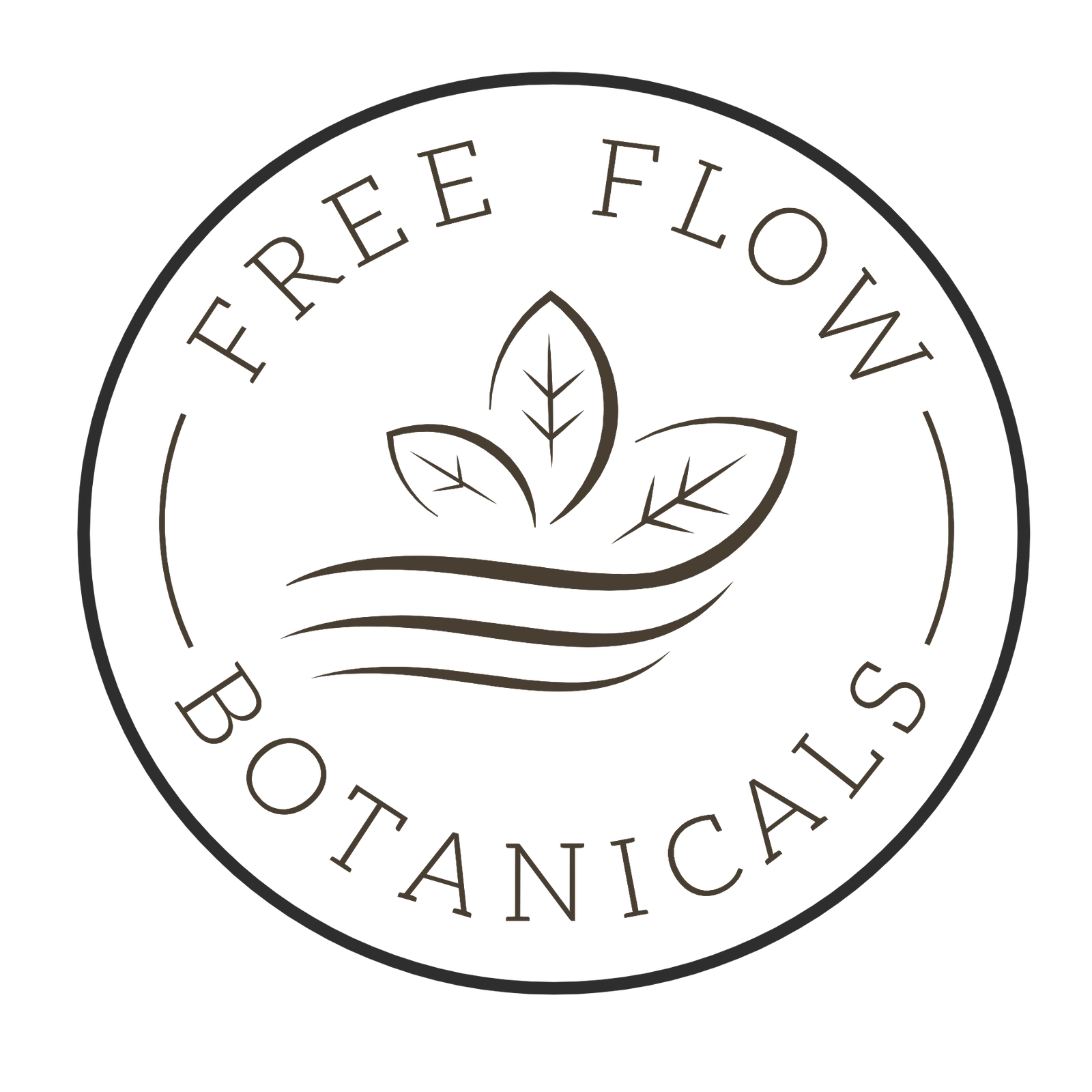
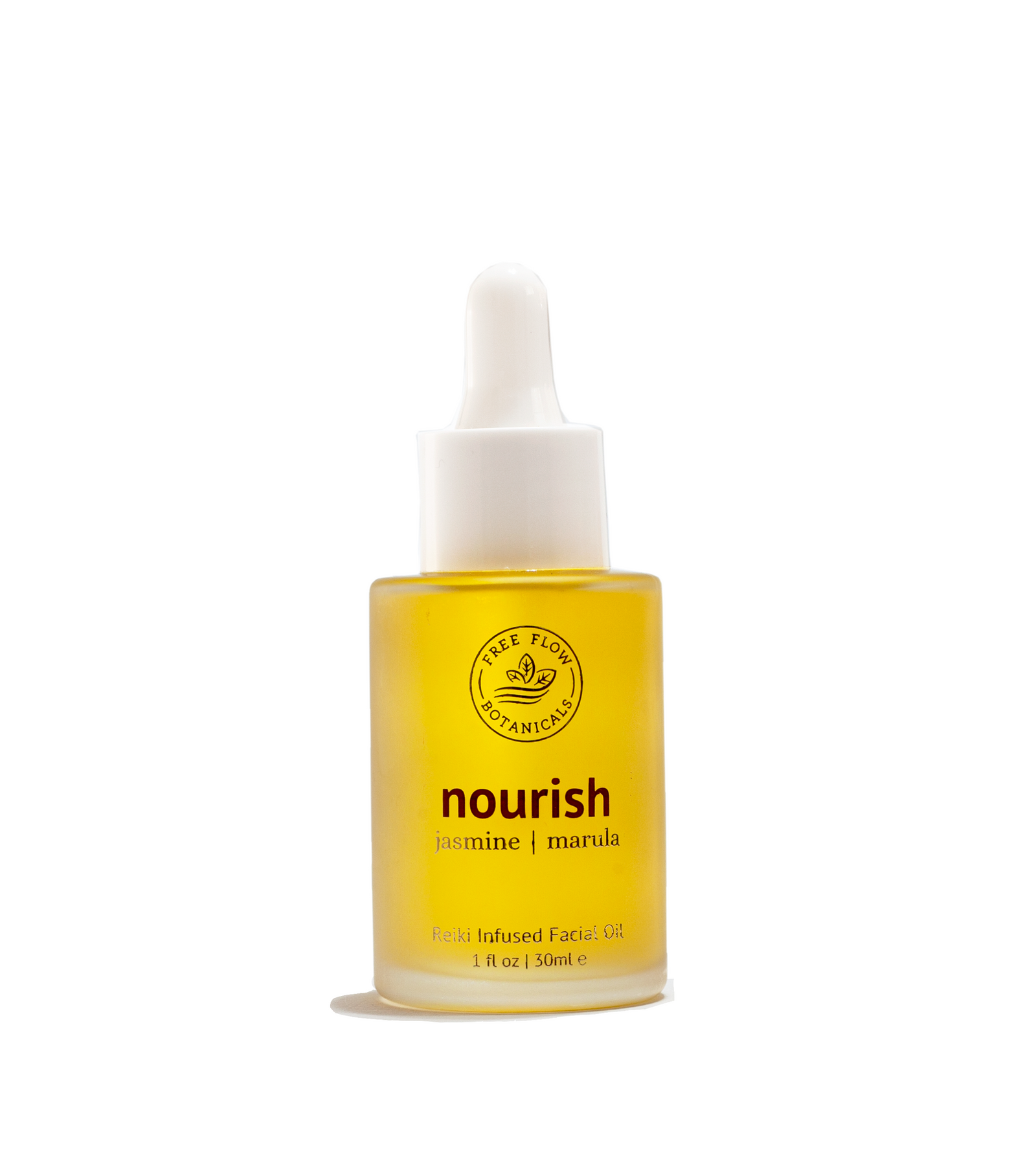
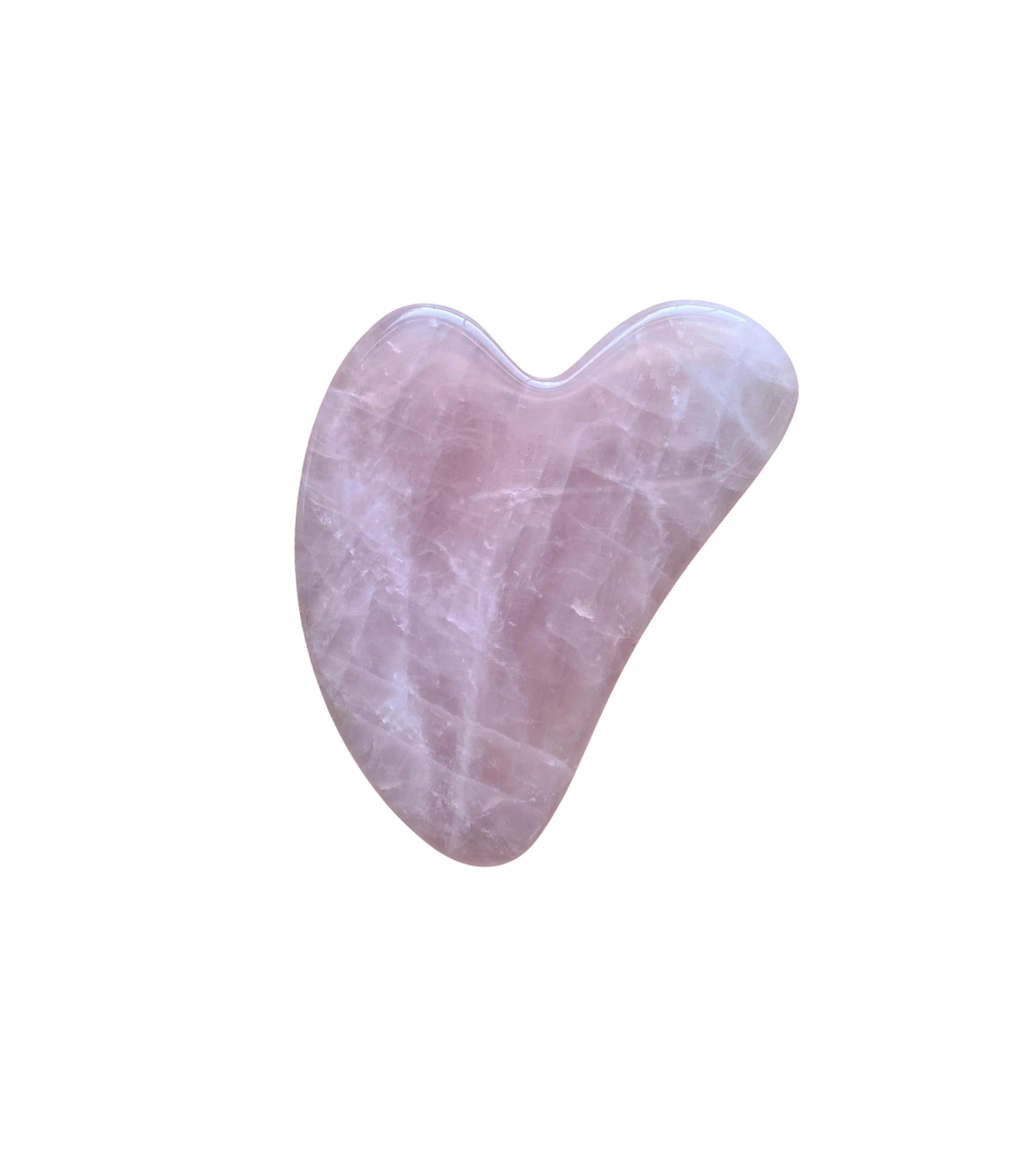
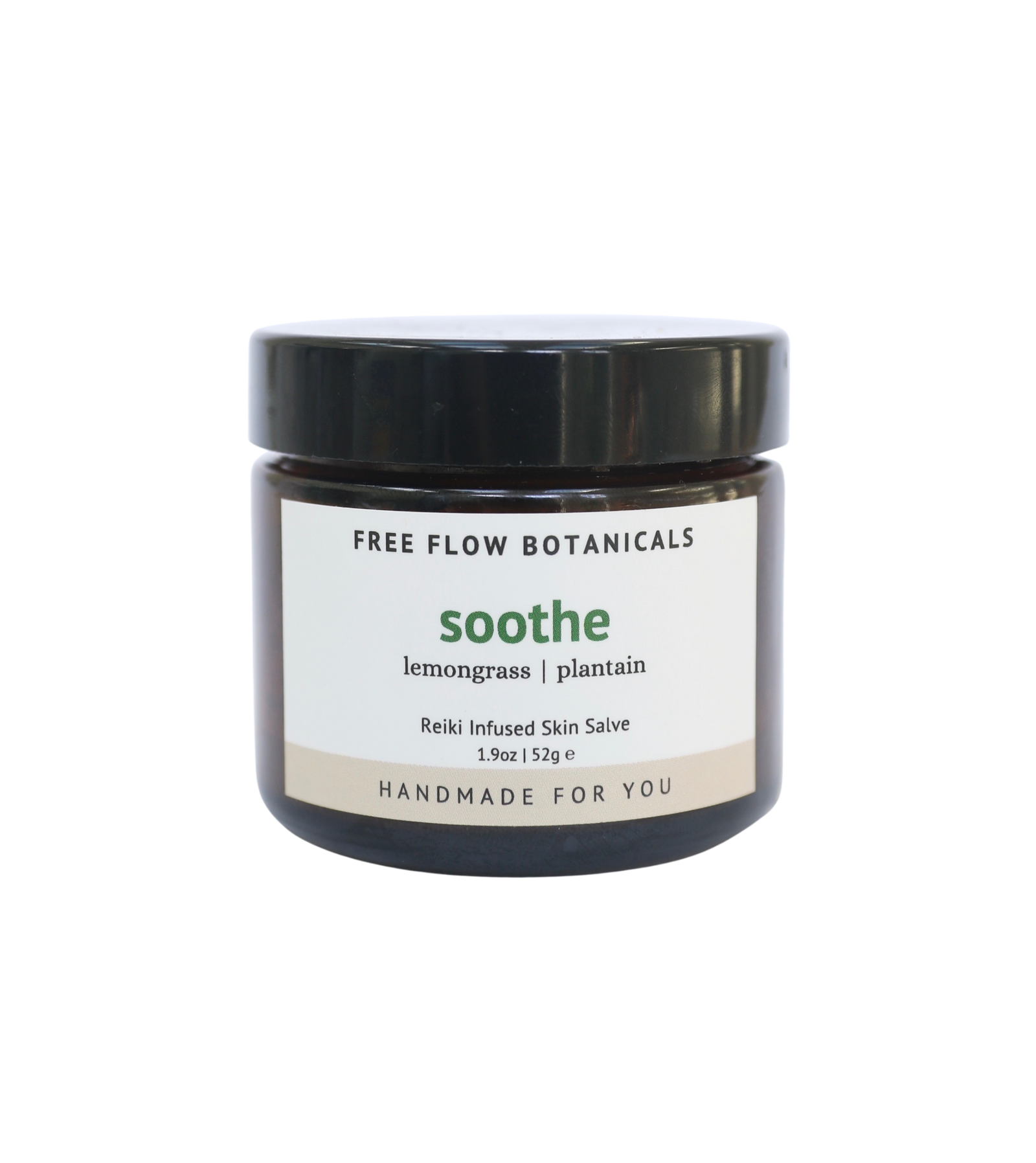
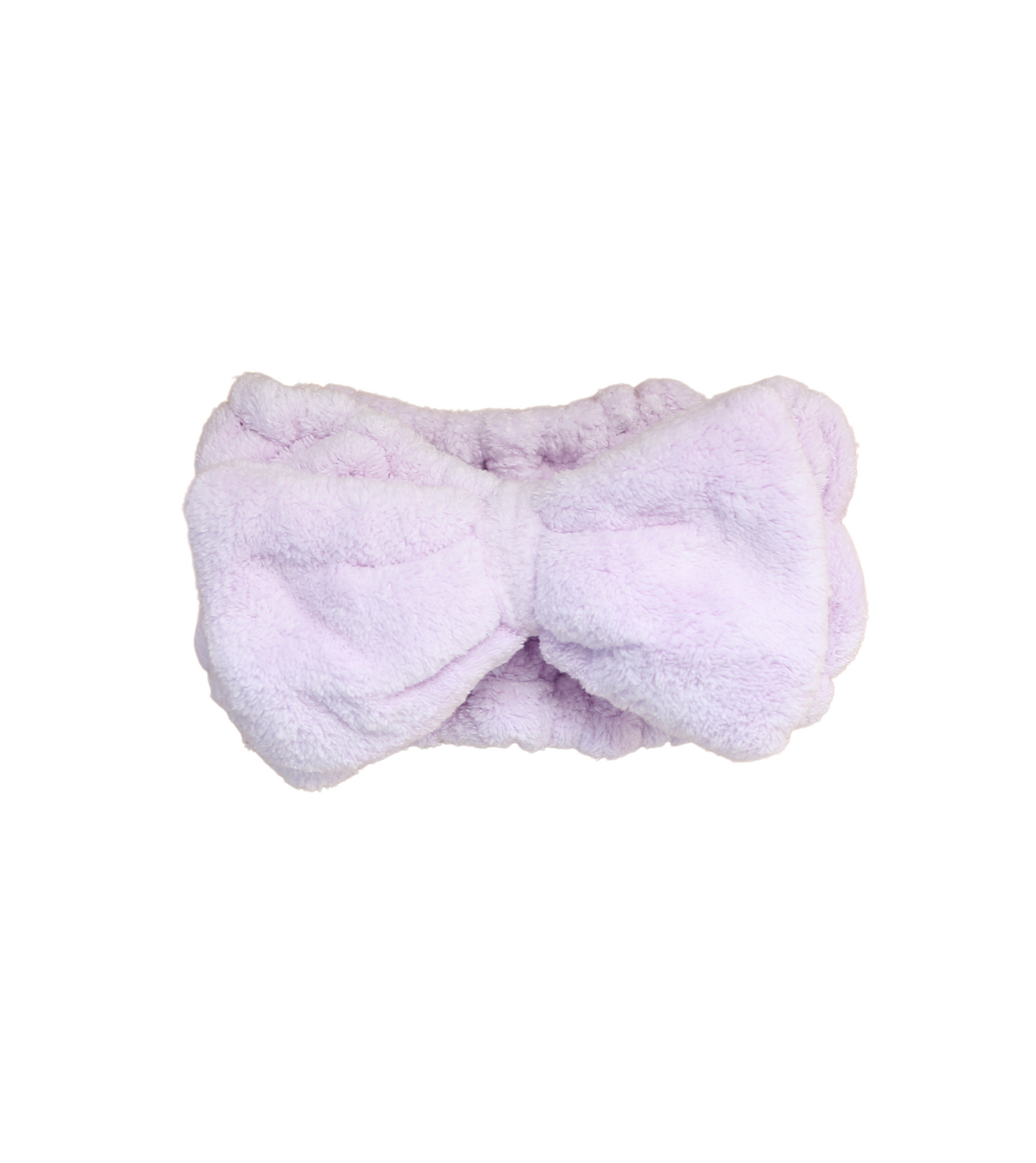
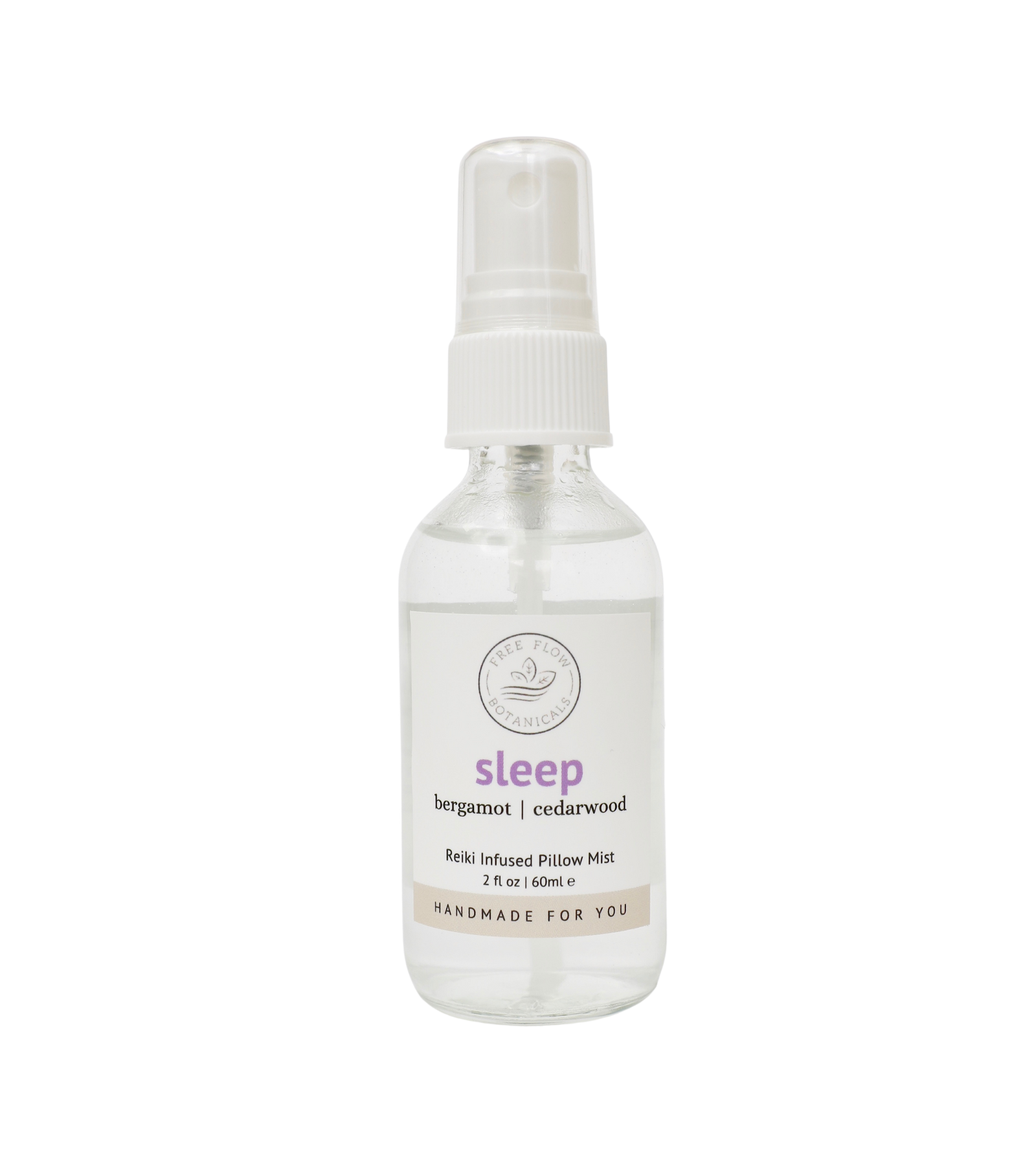
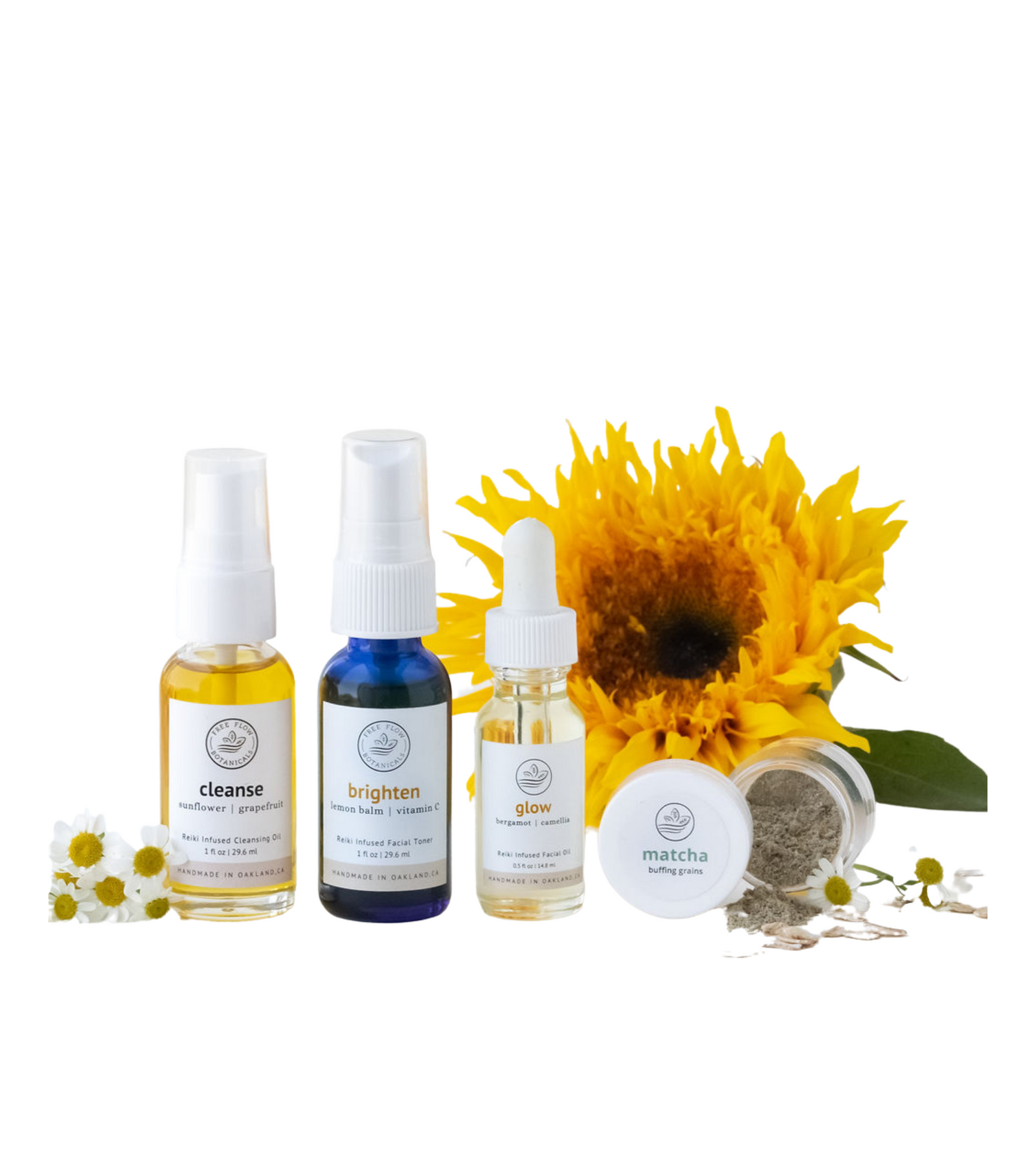



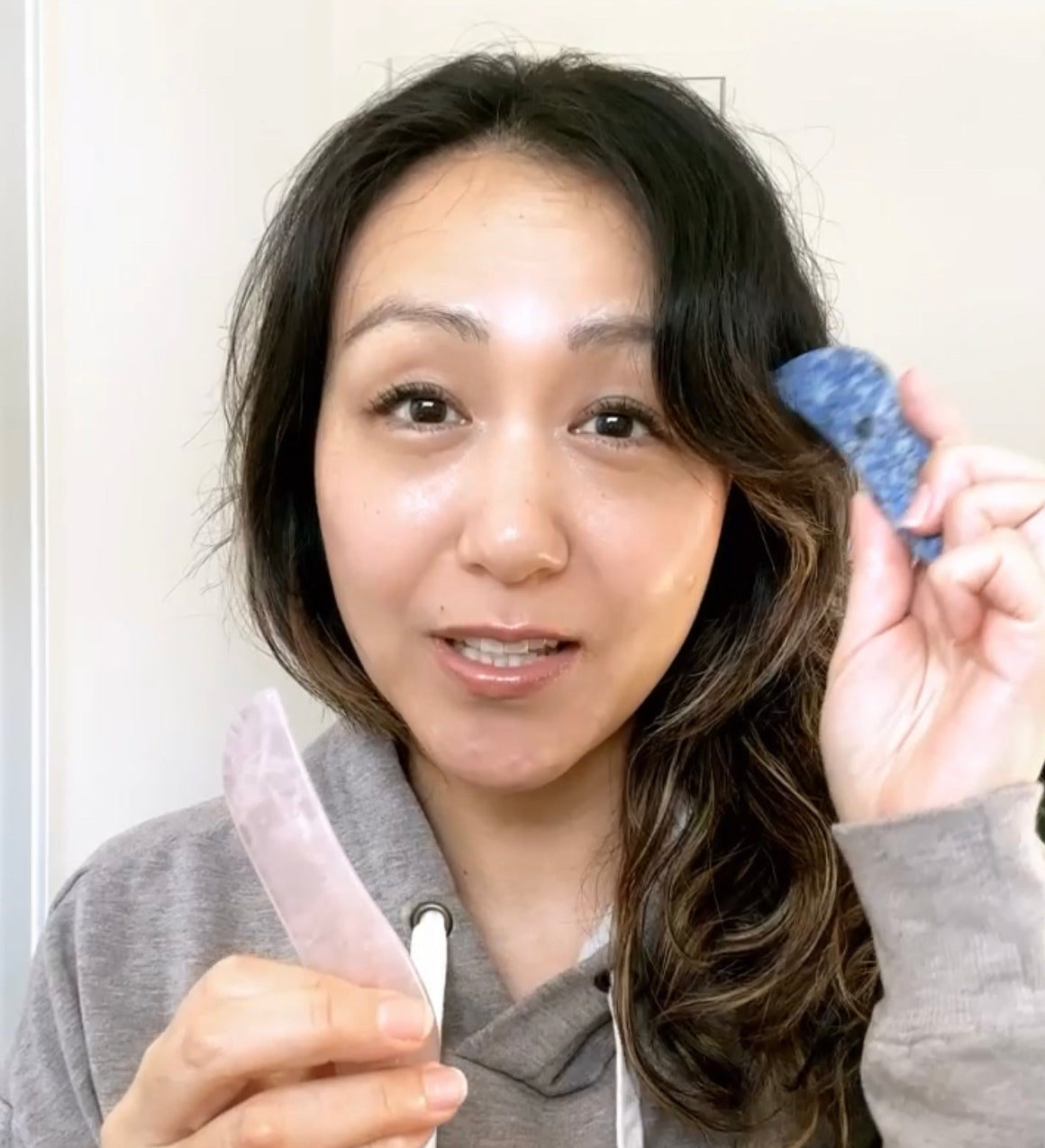
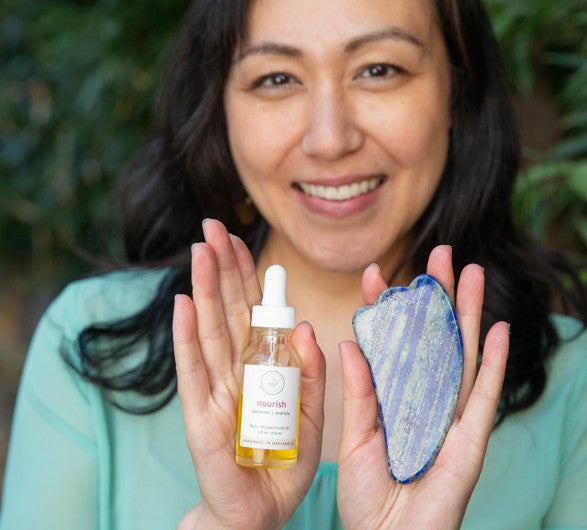
Leave a comment (all fields required)